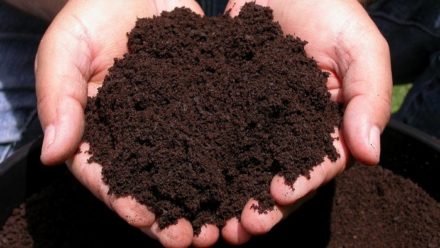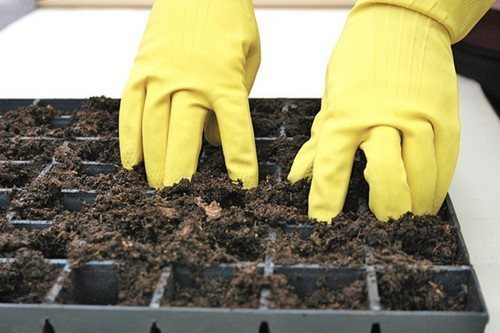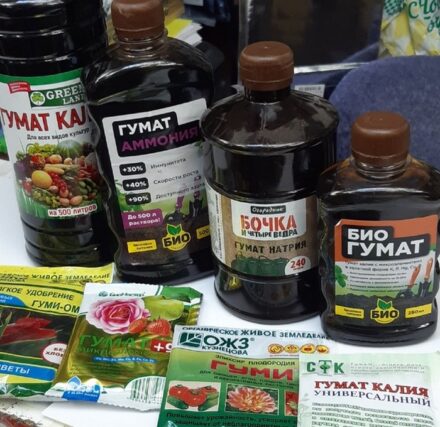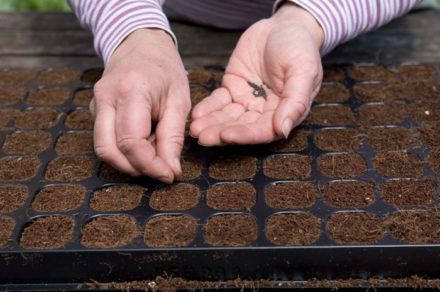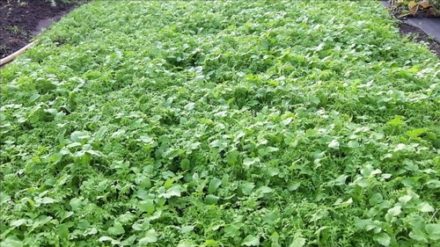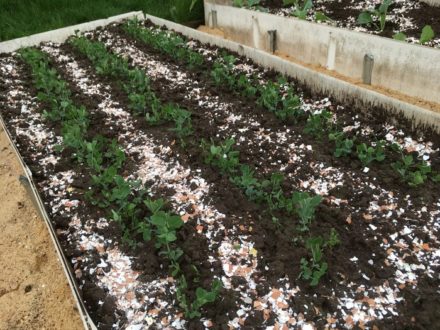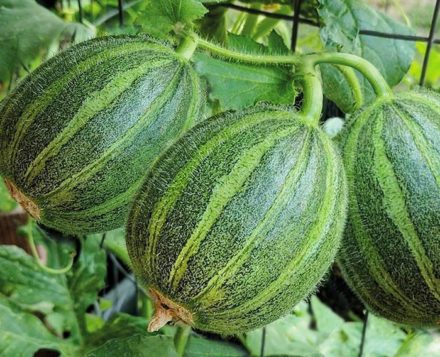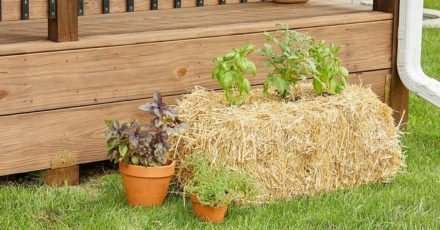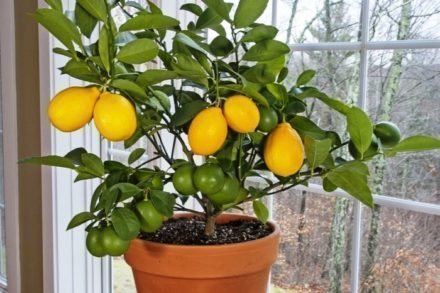Having appeared on the shelves of specialized stores, coconut substrate has become a good help in growing seedlings. It contains useful components and is able to retain moisture in the soil. The substance has an optimal acidity level and makes the soil loose, providing air access to the roots of young shoots.
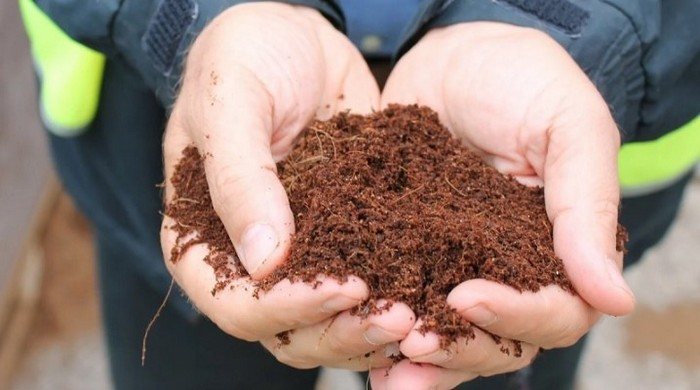
Coconut substrate is added to the mixture to increase its effectiveness. But sometimes during the preparation process you have to deal with annoying miscalculations: seedlings develop poorly, turn yellow, sprout partially or unharmoniously. To avoid undesirable consequences, you need to take into account the points that affect the condition of the future planting material.
Washing
To create an effective mixture for seedlings, briquettes or mats are first spilled with hot running water or boiling water. To do this, you will need a container with holes for moisture to drain, a sieve or a nylon bag. After careful processing (5-6 times), the excess liquid should drain off.
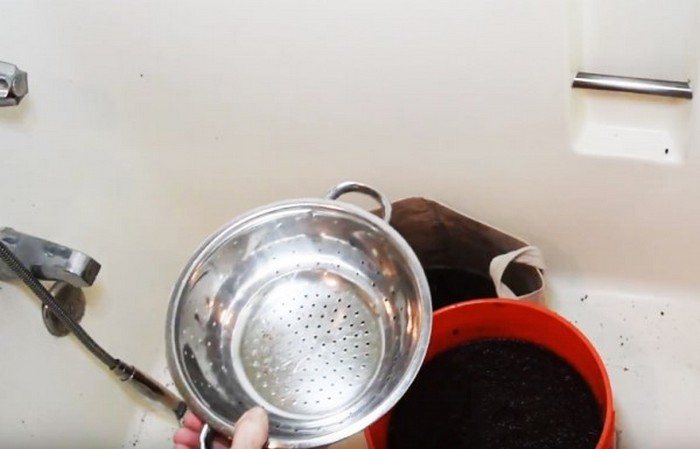
This gets rid of salt compounds, dust and pest spores. The percentage of salt content in coconut fibers is controlled using special devices - an EC meter and a TDS meter. Using water with a pH level of 5.5–6 makes it possible to carry out preliminary buffering.You should not ignore washing: the seedlings will not like such negligence, and the seedlings will die.
Soak
Before adding seeds, the crushed coconut shell must be saturated with moisture. For example, a standard block weighing 1 kg is soaked in warm water with a volume of 5 liters and placed in a container or bucket whose capacity is 2 times larger (10 liters). Water is poured in parts: 1.5 liters at once, then the remaining 3.5 liters.

After a quarter of an hour, the amount of substance increases in volume. There is no need to stir or loosen it. Next, the top of the vessel is covered with film and left for some more time, after which a soft, loose soil is obtained, similar in structure to peat.
Watering
Water the soil with coconut base less often than usual. In order not to over-moisten the contents of the trays with seedlings, provide drainage, which is placed in the form from below. Measuring a drainage layer of expanded clay helps control waterlogging, although the structure of the coconut substrate helps prevent rotting of the roots.
It is advisable to accompany the cultivation of seedlings on coconut waste in its pure form with hydroponics.
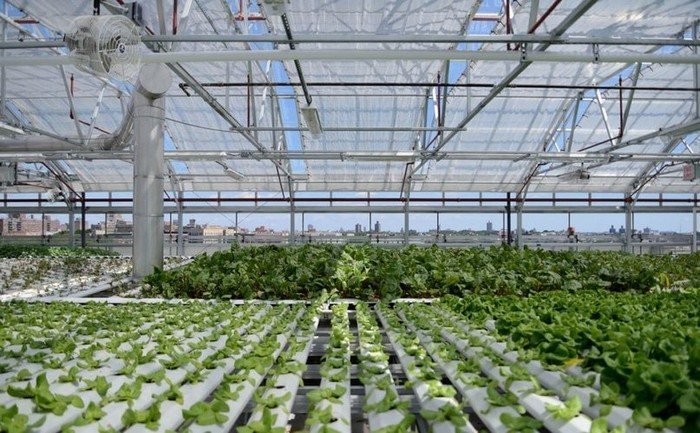
Hand watering is not recommended: coconut soil is prone to drying out, which affects the plants. The moisture capacity of the soil will increase if “moisture conductors” - vermiculite or perlite - are added to the soil mixture.
Fertilizer addition and buffering
Experienced plant growers recommend enriching the coconut substrate and advise soaking it in nutrient solutions, otherwise the sprouts “starve”: the leaves become smaller and turn yellow.Despite the fact that the coconut shell contains potassium and phosphorus, this is not enough for the normal functioning of the sprouted seeds. When preparing the soil mixture, it is enough to add peat to the coconut substrate at a ratio of 1:1, then the seedlings will not need feeding.
The growth stimulating fertilizer vermiculite (ratio with water 1:3), vermicompost in liquid form, humate, as well as a decoction of onion peels also work effectively. The products are used at the stage of soaking the coconut substrate. In addition, it is additionally buffered with calcium and magnesium.
It is advisable to use water-soluble mineral fertilizers containing a complex of macro- and microelements with the addition of vitamins.
Recipe for preparing a mixture with vermicompost
Organic vermicompost is “bread for plants”, formed during the processing of manure. Seedlings take root well in such an environment, and their quality only benefits.

The effectiveness of coconut soil in combination with eco-fertilizer will increase if:
- Mix liquid vermicompost (1 l) with 2.5 buckets of water from the tap.
- Place coconut substrate (1 briquette) into the resulting solution, soak it as described above and let it stand.
- Add a 25 liter package of dry vermicompost, mix the contents with the swollen coconut substrate.
The resulting mixture nourishes seedlings of most vegetable crops and flowers.
Many years of experience of farmers and hobbyists proves that the use of crushed coconut shells not only does not contradict the rules of organic farming, but also leads to the production of high-quality seedlings.As an ideal material, coconut waste does not need to be disposed of. After use in greenhouses and greenhouses, they are suitable for another 3–5 years.


